
How to Implement a Flexible Workspace in Your Business
- 11 Min read
It’s no secret that today, enterprises increasingly rely on digital platforms for collaboration, financial transactions, deal-making, and file sharing, which makes the need for secure online areas to keep and exchange documents extremely important.
Even though most businesses rely on big databases, they are extremely vulnerable to hacking attempts.
But there’s a solution to this problem – virtual data rooms. With additional security measures and version control, they are useful for storing and transmitting confidential documents. It’s a vital tool for many businesses, so, no wonder that VDR’s market share keeps growing.
Today we will try to explain what a data room is and why it is useful for dealing with sensitive or confidential information.
Data rooms provide a secure place to store and share large volumes of sensitive documents. They are used when a business needs to share sensitive materials with a limited number of people in a tightly controlled environment. Long story short, such rooms ensure a streamlined and secure process.
As a result, there is less chance that proprietary, confidential documents will get into the wrong hands.
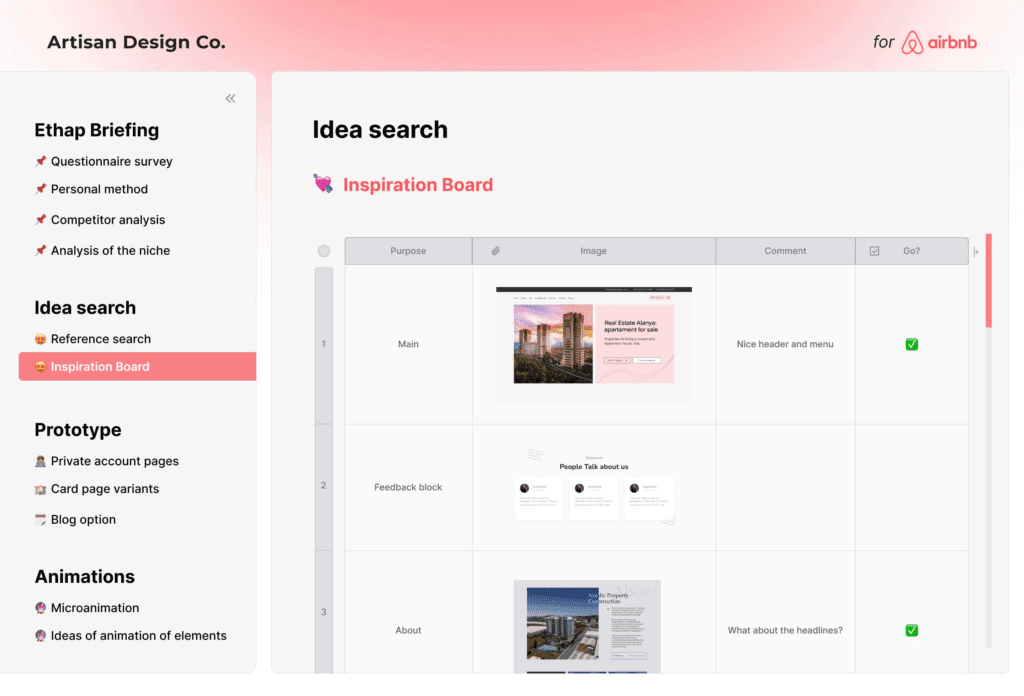
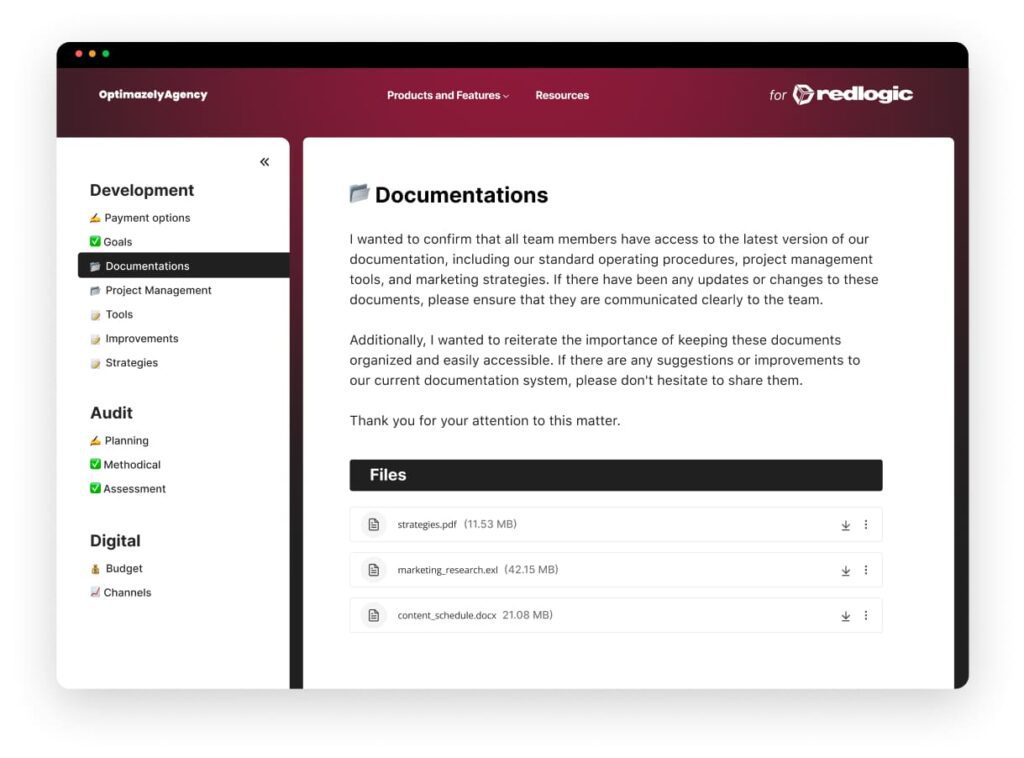
There are several drawbacks to using physical data rooms. Physical data searches and reviews can be tedious and time-consuming. Also, since only one group at a time is permitted entry, people often must wait for their turn to use the room.
Virtual data rooms, on the other hand, can be reached in a matter of minutes.
Unlike physical ones, a data storage room is a secure environment where authorized users can access and collaborate on confidential documents with peace of mind.
Any number of authorized users can log in at once from any location. Because they exist in an ISO27001-compliant, safe online environment, they do not require a human security team to monitor them 24/7.
Do not confuse VDR with cloud storage. While cloud storage might be more cost-effective, it’s mostly designed for personal use. That’s why a virtual data room is the best option for a business.
Businesses, startups, advisors, investment bankers, legal teams, and other businesses all make use of these platforms for a wide range of reasons:
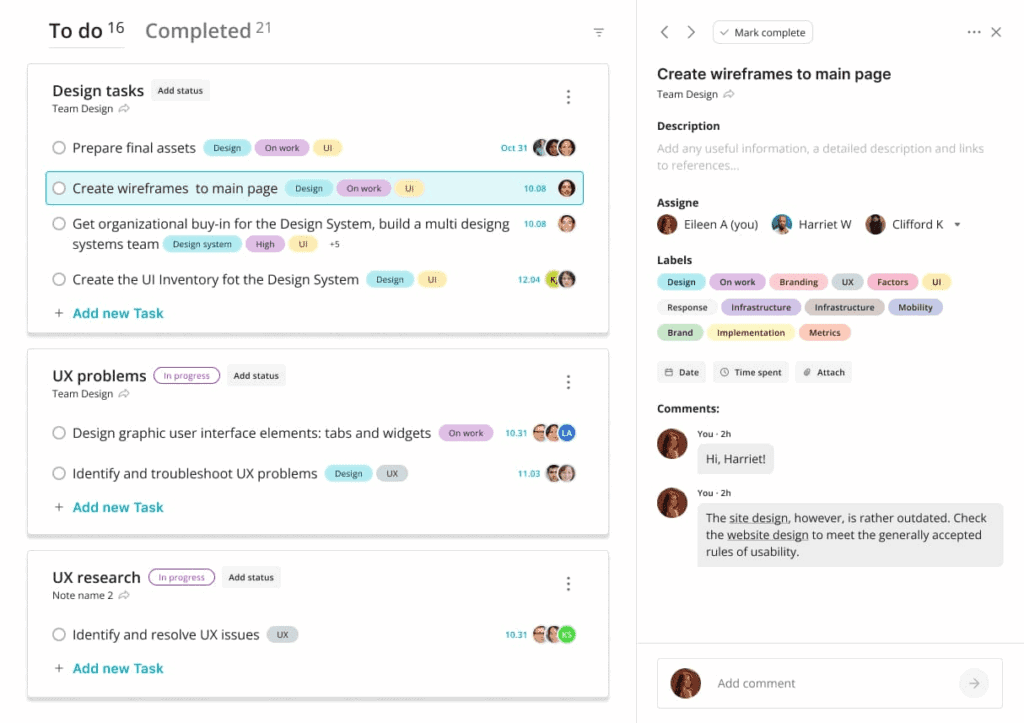
When you need to store and share sensitive documents, a data room is the number one answer. It’s a crucial tool for any company that understands how important it is to maintain privacy and security.
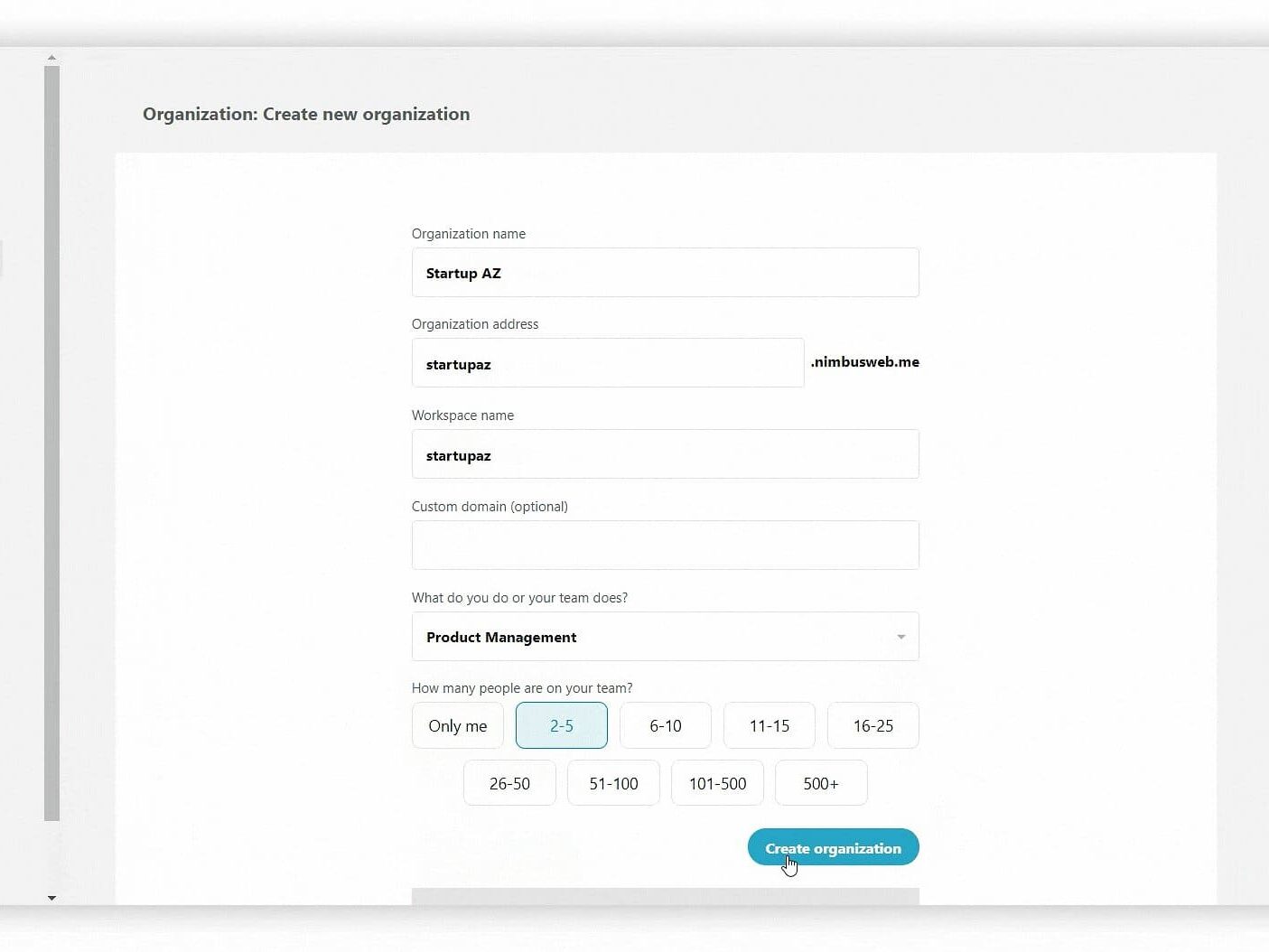
Now that you know what is a data room, you must learn how to utilize one. First, you must have access to the room’s protected website. After completing the necessary authorization and authentication steps, the room administrator will allow you access.
Once you can access the VDR, you can read any documents or other information stored there. If it follows industry standards, it will have well-labeled files and subfolders that make discovering the information you need simple.
Several people can often collaborate in the same VDR. It may be used for real-time document collaboration with team members, clients, and partners.
Most VDRs also offer reporting options so you can keep tabs on who’s using it and how often. Having access to these statistics can be helpful for monitoring a project’s development.
FuseBase (formerly Nimbus) is one of the best virtual data room providers, with a dynamic and cost-effective platform to manage large amounts of sensitive information and keep it safe. Strong encryption, great access controls, and detailed audit trails ensure your most important files are as safe as possible. FuseBase lets you streamline processes, speed up deals, and collaborate easily, whether conducting the due diligence process, engaging in M&A transactions, or sharing documents. If you choose FuseBase as your trusted partner, you will get the most out of your data room.
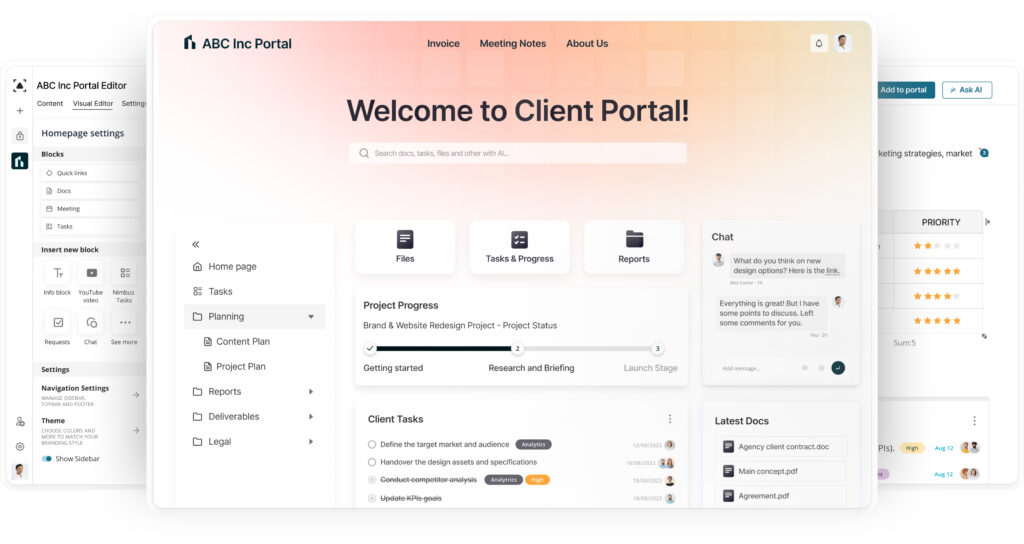
When dealing with highly confidential business information, it is best to do it in a data room. Using digital data rooms is essential since it allows interested parties to see and assess vital information while guaranteeing that your documents are safeguarded from misuse.
Safe data-sharing platforms provide a safe, efficient, and collaborative environment for businesses to manage their most sensitive information. We hope that now you better understand what is a data room and realize that by using its benefits, businesses can confidently navigate the complicated modern business industry landscape and move toward success.
Start sharing files, insights, and ideas using the powerful Data Room today!
Found it useful? Share the article with your community
Get weekly tips and insights on how to grow your business